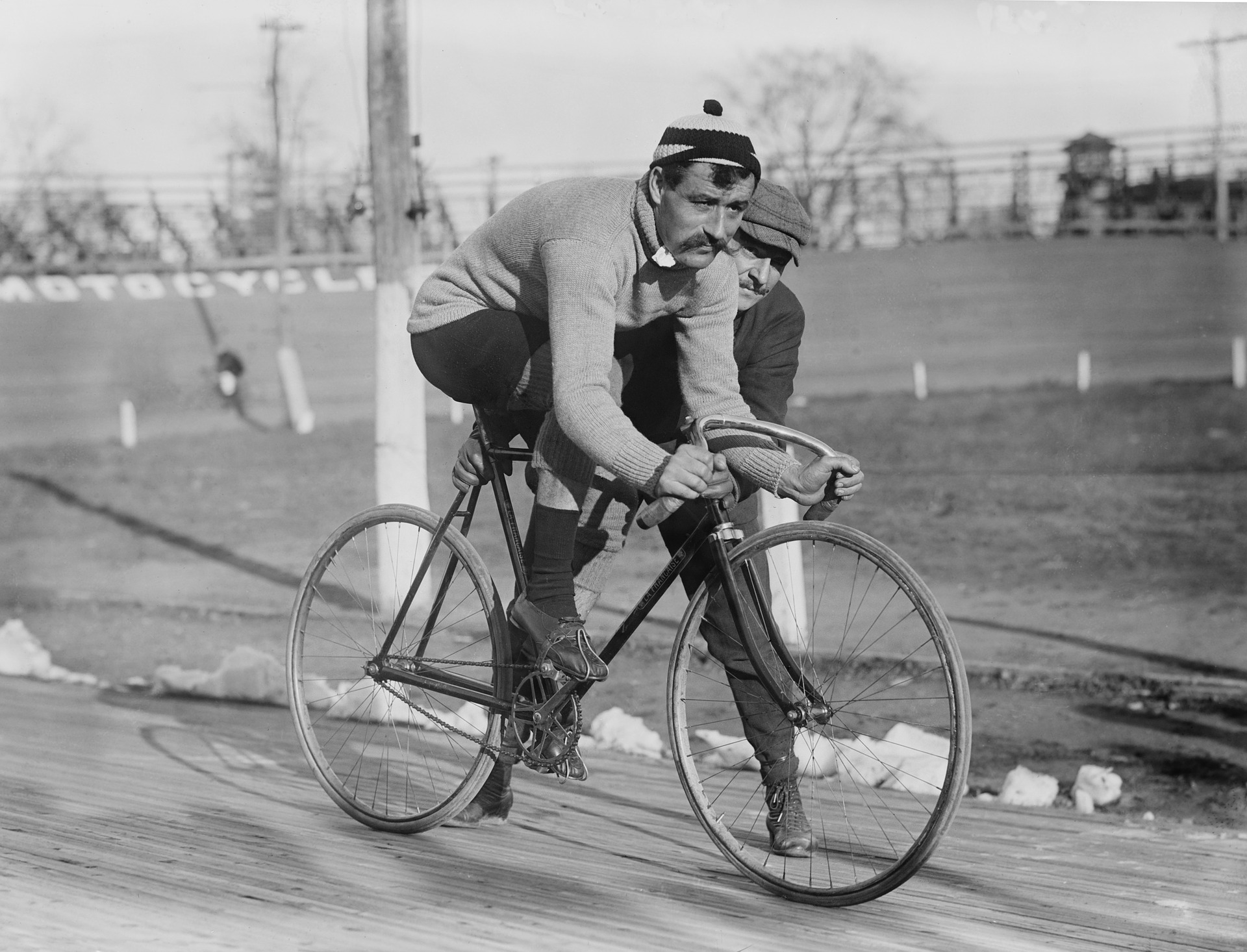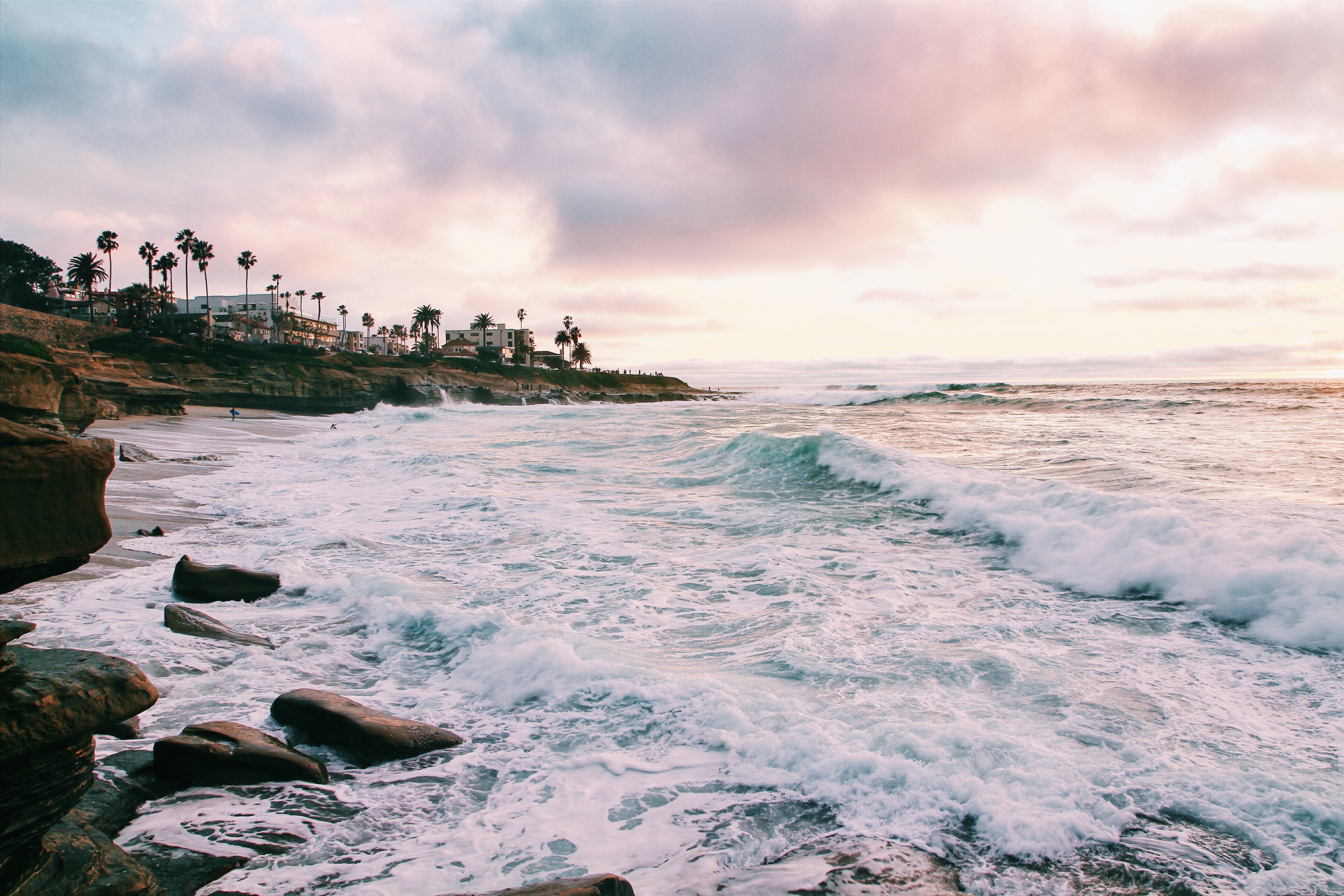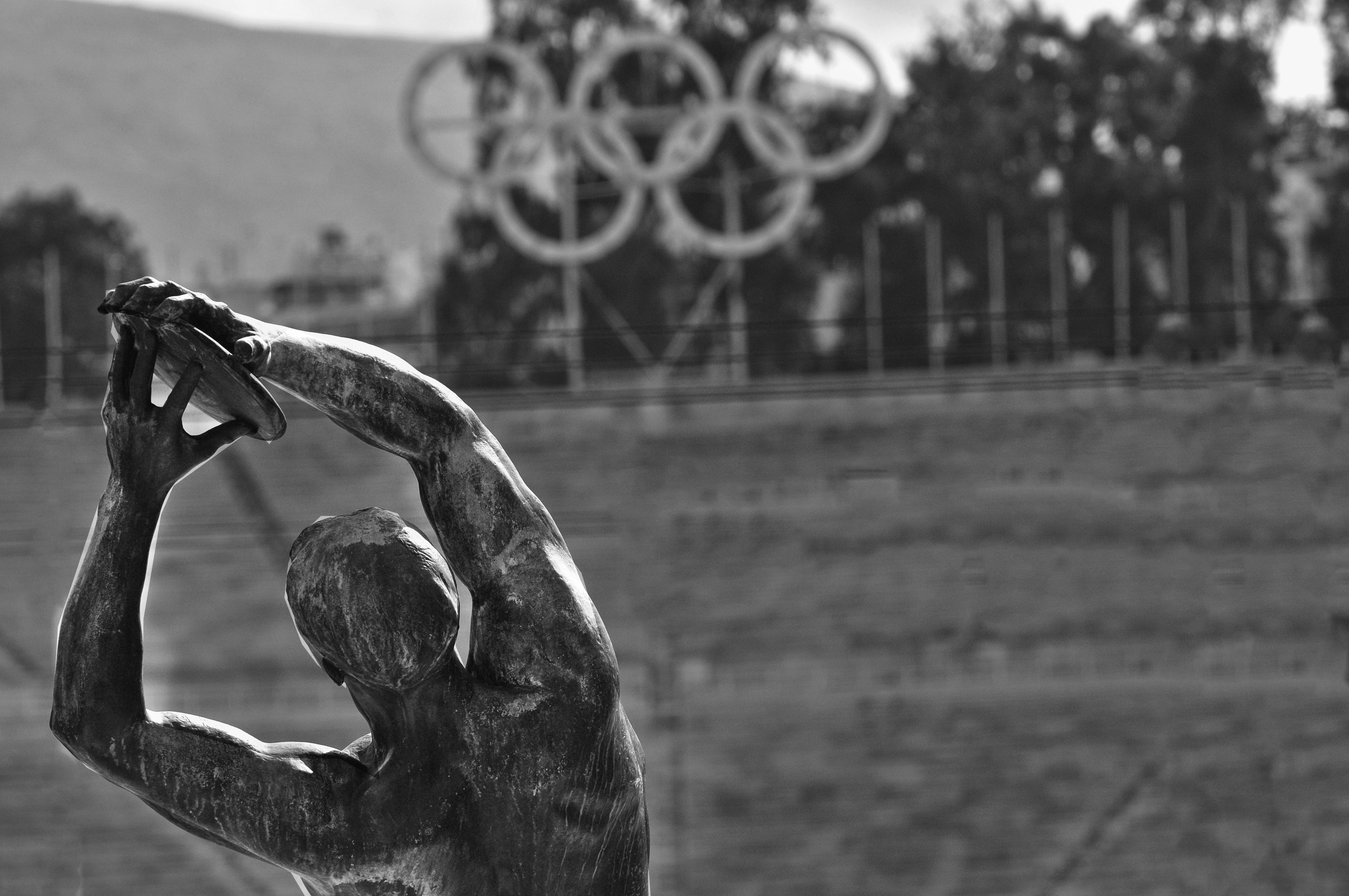The history of triathlon began in 1902 in Joinville-le-Pont, Val-de-Marne, France, and was known as “Les sportmen de l’epoque” or “Les trois sports.” It consisted of running, cycling, and canoeing. In 1920, the first triathlon with swimming instead of canoeing was held in Joinville-le-Pont. At that time, participants ran 3 km, cycled 12 km, and finished by swimming across the Marne Canal.

photo by Wikilmages on Pixabay
A race held in 1934 in the western French city of La Rochelle is known to have included a 200-meter canal crossing, a 10-kilometer cycling route, and a 1,200-meter running route in the Andre-Barbeau Stadium.

photo by Montylov on Unsplash
In the early 1970s, triathlon also became popular in the USA. At the San Diego Sports Club, triathlon was used as an alternative to hard athletics training. September 25, 1974, the day the first Mission Bay Triathlon was held, is considered the official birth of modern triathlon. With 46 participants at the start, the relatively young sport enjoyed great enthusiasm, which has since generated enormous interest worldwide, mainly due to the famous annual long-distance world championships in Hawaii.
On February 18, 1978, the world’s first long-distance triathlon took place on the island of Oahu, Hawaii. This combined the three most famous local long-distance races in Hawaii at the time: the 3.8 km Waikiki Rough Water Swim, the 180 km Around Oahu Bike Race, and the 42.195 km Honolulu Marathon into one race covering 226 km. Fifteen participants (all men) gathered at Waikiki Beach for the premiere of the long-distance race under the name IronMan. The twelve participants who crossed the finish line were henceforth allowed to call themselves IronMen. The fastest among them was Gordon Haller with a time of 11:46:58. Later, the spelling Ironman became established. Ironman received special attention in its second year with a ten-page article in the US magazine Sports Illustrated. The following year (1980), the TV station ABC reported on the race for the first time. This broadcast led to further triathlon competitions over various distances in the USA.

photo by Keith Champaco on Unsplash
In 1982, dramatic scenes involving Julie Moss led to the worldwide breakthrough of this still young sport. In the women’s race, Julie Moss, then a college student, was leading by a large margin ahead of Kathleen McCartney in second place. Shortly before the finish line, Julie collapsed from dehydration and was overtaken by her competitor. Crawling, she managed to cross the finish line, and the images that went around the world gave birth to the Ironman Hawaii myth. After that, more and more triathlon competitions with different distances and ever-growing fields of starters sprang up around the world.
Since 2000, triathlon has been part of the Olympic Games with distances of 1.5 km swimming, 40 km cycling, and 10 km running. Triathlon competitions were held at the Olympic level for the first time on September 16 and 17, 2000. This was preceded by a long process. On April 1, 1994, the ITU (International Triathlon Union) was founded in Avignon as an international umbrella organization. This paved the way for the formal inclusion of triathlon in the Olympic Games competition program. On September 4, 1994, in Paris, the IOC (International Olympic Committee) decided that triathlon should be included in the competition program of the 2000 Olympic Games in Sydney. The basic prerequisite for this decision was that the winner of the race had to be determined when crossing the finish line. The lengthy wait for any protests after the finish, which was common at the time, was counteracted by allowing drafting.

Photo by Frans Van Heerden on Pexels
Since the first short-distance world championship in Cancun in November 1995, drafting has been officially permitted. This divided the sport into two different formats – races in which drafting was permitted on bikes and those in which it was prohibited. This led to major changes in the sport.